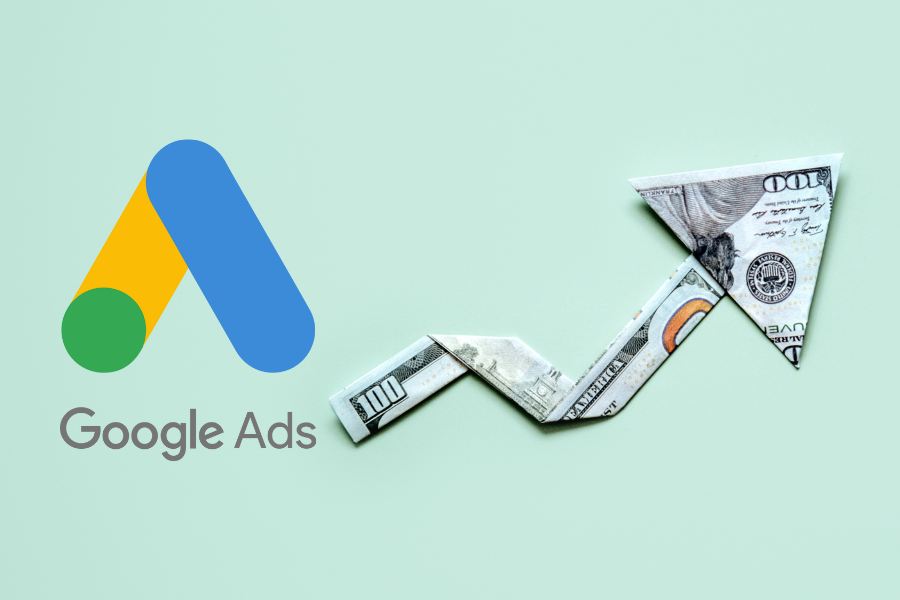
by TwoSix Digital | Jun 11, 2025 | On Our Radar
The TwoSix team is back and ready to share what’s On Our Radar for June so that you can stay ahead of the always-evolving digital marketing landscape. This month, the TwoSix team discusses AI advancements, Pinterest Summer Trends, Facebook Channels, Google’s AI...

by TwoSix Digital | Jun 9, 2025 | On Our Radar, Tourism and Technology Tidbits
Emma Herrle Digital Marketing Strategist Google Ads Costs for Paid Clicks are Rising – Here's Why Advertisers (including ourselves) have been seeing a noticeable climb in Google Ads’ costs per click, with the travel industry experiencing some of the sharpest...

by TwoSix Digital | May 8, 2025 | On Our Radar
The TwoSix team is back and ready to share what’s On Our Radar for May so that you can stay ahead of the always-evolving digital marketing landscape. This month, the TwoSix team discusses AI search results, LinkedIn video, a new Instagram editing app, the power of...

by TwoSix Digital | Apr 9, 2025 | On Our Radar
The TwoSix team is back and ready to share what’s On Our Radar for April so that you can stay ahead of the always-evolving digital marketing landscape. This month, the TwoSix team discusses new YouTube Shorts features, organic search traffic, the TikTok ban, new...

by TwoSix Digital | Mar 12, 2025 | On Our Radar
The TwoSix team is back and ready to share what’s On Our Radar for March so that you can stay ahead of the always-evolving digital marketing landscape. This month, the TwoSix team discusses email marketing best practices, Meta ad impressions, Google’s new...

by TwoSix Digital | Feb 13, 2025 | On Our Radar
The TwoSix team is back and ready to share what’s On Our Radar for February so that you can stay ahead of the always-evolving digital marketing landscape. This month, the TwoSix team discusses short-form content, Meta Threads ads, email marketing trends, and more!...







